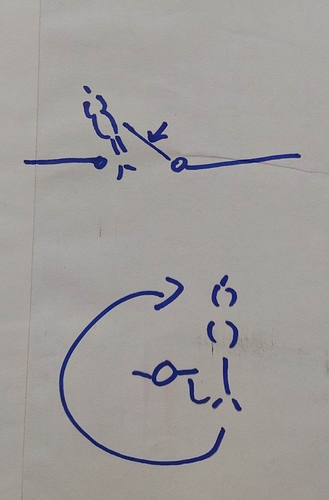How can one do better dressage if no one can explain it?
This was what I encountered in saddleseat as well. The “we can’t explain it you have to just do it” explanation, but that makes it very difficult to teach, if you can’t explain it to anyone.
I should be more clear -
I’ve ridden with some very good dressage trainers at least by cv. I’ve clinic’ed with Gerding and others, read the classical literature. I’ve ridden some very well trained dressage horses (one who was in the top 4 as a young horse in his breed). In fact, my current horse was actually started in dressage.
According to the clinicians and trainers, I have done correct dressage by lightly sponging the bit (after riding forward) and the horse has sought the hand (put his head down and stretched into contact - I believe you call it descente de main).
But I am speaking theoretically in that I’m not sure what is in it for the horse with the constant fiddling with the sensitive structures of the mouth. I’m not sure that it’s necessary to do so to place a horse in a good body posture, and gymnasticize it well. And so I am asking the well educated folks at COTH to have a discussion whereby they help to explain the missing pieces for me. I’m definitely not criticizing it, although my ham-handed attempts to explain it likely sound that way.
To understand the perspective - understand that we don’t even lead horses by the bit, the mouth is considered so sacred. You use what is called a get down rope around the neck. When I learned about this it instantly changed my perspective about the mouth.
I wasn’t always western. That was just some of my early training and I have returned in the last few years to western tack.



